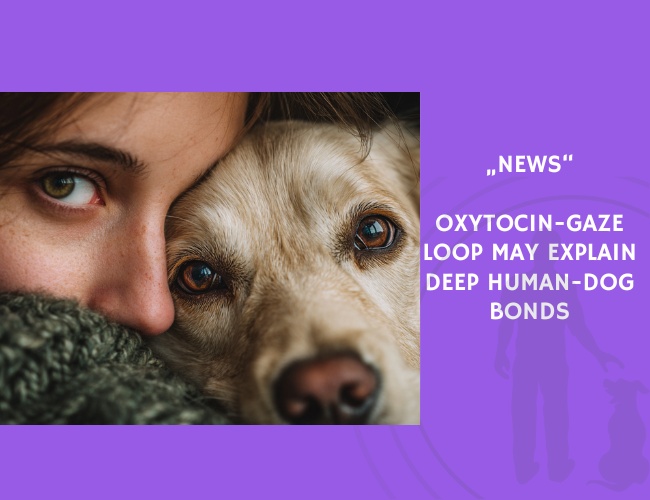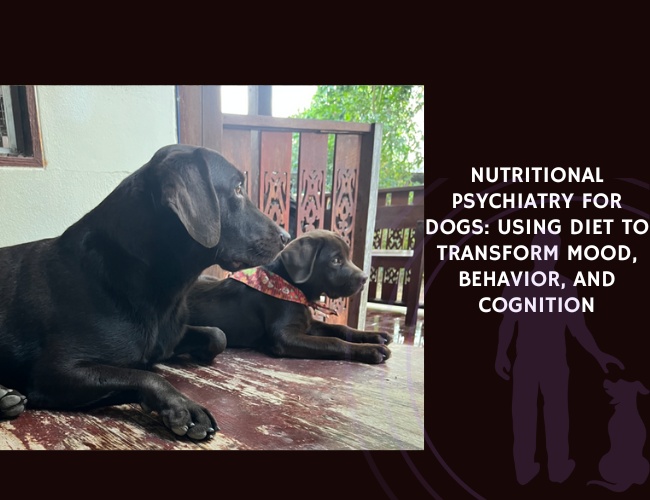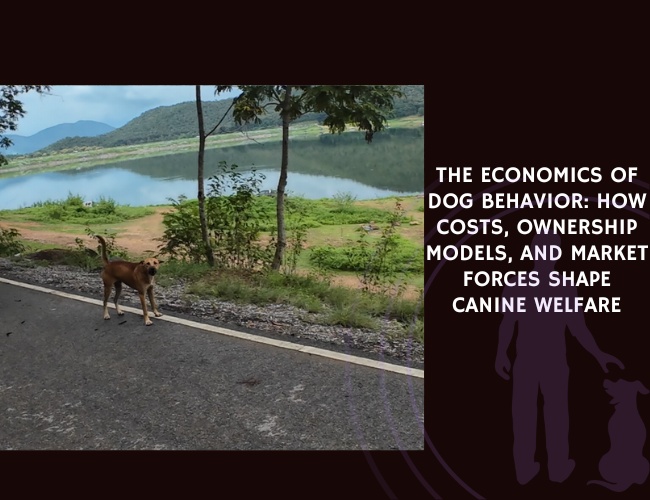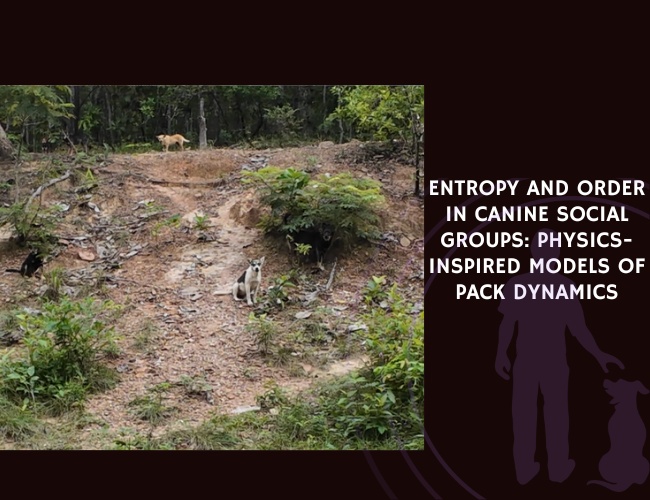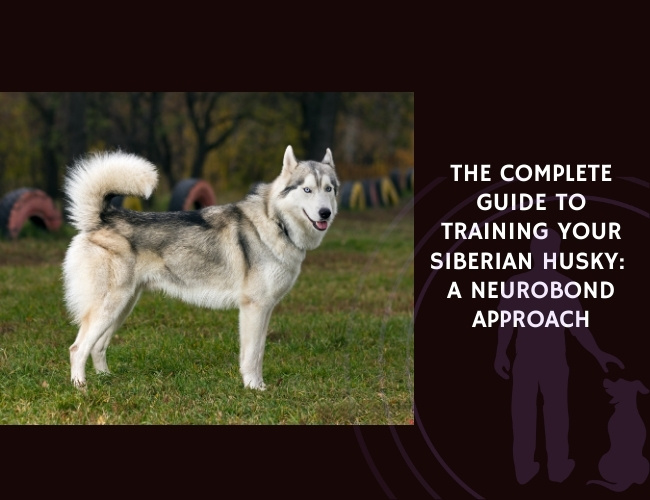In a landmark study published in Science, Nagasawa et al. (2015) demonstrated that mutual eye contact between dogs and their owners increases oxytocin levels in both parties, forming a reinforcing neurochemical loop. This “oxytocin-gaze positive loop” may underlie the deep emotional connections shared by humans and dogs.
The researchers conducted a series of controlled experiments involving 30 dog-owner pairs. When dogs gazed longer at their owners, the humans’ oxytocin levels significantly increased. In response, humans tended to pet and talk to the dogs more, which in turn increased the dogs’ own oxytocin levels. This feedback loop mirrors similar attachment mechanisms seen between human mothers and infants.
A second experiment involved administering intranasal oxytocin to dogs before their interaction with owners. The result: female dogs gazed longer at their owners than controls, which led to increased oxytocin in the owners as well. This experimental manipulation supports a causal relationship between oxytocin and gaze behavior, solidifying the hypothesis of a mutual reinforcement loop.
Interestingly, this loop was not observed in wolves raised by humans, suggesting that the oxytocin-gaze mechanism is a product of domestication and coevolution. The authors propose that this interspecies bonding strategy evolved to exploit social communication pathways already present in humans, particularly those related to caregiving and emotional affiliation.
This study provides a biological explanation for why dogs are so effective at forming deep relationships with people. By engaging in mutual gaze, a simple but powerful social cue, dogs may tap into innate human bonding circuits—helping explain their unique role as companions, therapy animals, and social partners across cultures.
Source: Miho Nagasawa, Saho Mitsui, Shiori En, Narumi Ohtani, Miki Ohta, Yoshihiro Sakuma, Toshikatsu Onaka, Kazutaka Mogi, Takefumi Kikusui. “Oxytocin-gaze positive loop and the coevolution of human-dog bonds.” Science, 2015-04-17, Volume 348, Pages 333–336. https://doi.org/10.1126/science.1261022

